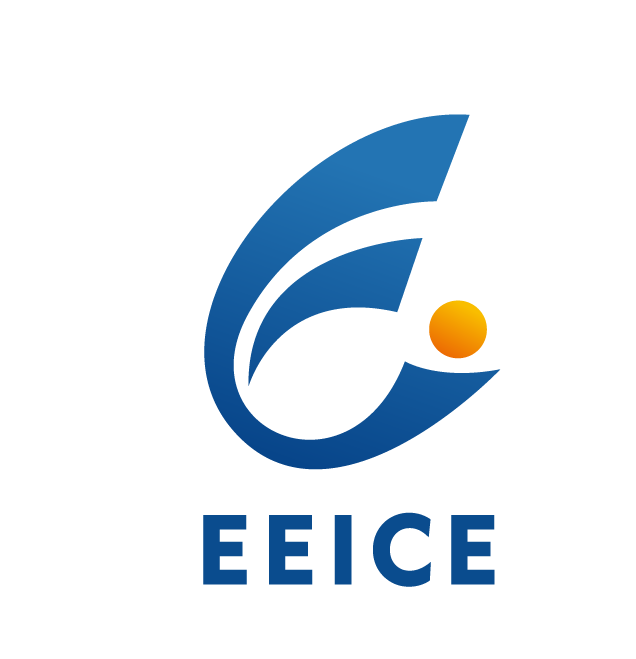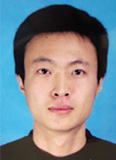

Prof. Yang Yue

Prof. Yang Yue(Link)
Institute of Modern Optics, Nankai University, China
Research Experience:
Yang Yue received the B.S. and M.S. degrees in electrical engineering and optics from Nankai University, China, in 2004 and 2007, respectively. He received the Ph.D. degree in electrical engineering from the University of Southern California, USA, in 2012. He is a Professor with the Institute of Modern Optics, Nankai University, Tianjin, China. Dr. Yue’s current research interests include intelligent photonics, optical communications and networking, optical interconnect, detection, imaging and display technology, integrated photonics, free-space and fiber Optics. He has published over 200 peer-reviewed journal papers and conference proceedings, four edited books, >50 issued or pending patents, >100 invited presentations.
Speech Title:
Air-Core Ring Fiber Supporting Numerous Optical Orbital Angular Momentum Modes
Abstract:
Recently, optical communications channels carried by orbital angular momentum (OAM) modes have gained much attention. Mode division multiplexing (MDM) technology based on OAM modes is utilized to significantly improve the data-transmission capacity. Here, we introduce air-core ring fibers for supporting numerous optical OAM modes. Firstly, we design an air-core fiber with a single As2S3 high-index thin ring, which can support 1322 OAM modes at 1550 nm while maintaining single radial mode condition. Based on this fiber material, we further introduce the concept of multi-ring fiber and propose a multi-ring air-core chalcogenide fiber, which has 19 high-index rings with each ring supporting 120 radially fundamental OAM modes at 1550 nm, i.e. 2280 OAM modes in total. The chalcogenide material is promising but challenging because of the complex fabrication procedure. From practical fabrication point, we also propose a 7-ring-core Ge-doped fiber and it can provide 434 OAM modes across C and L bands. Furthermore, the trench structure is implemented for the 7-ring-core fiber, which could significantly reduce the inter-ring crosstalk and facilitate a compact fiber structure for dense space-division multiplexing (DSDM). These ring fiber designs have great potential to increase the spectral efficiency and the overall capacity in fiber-based communications systems.
